Best CDP platforms compared: Features, pricing, and performance
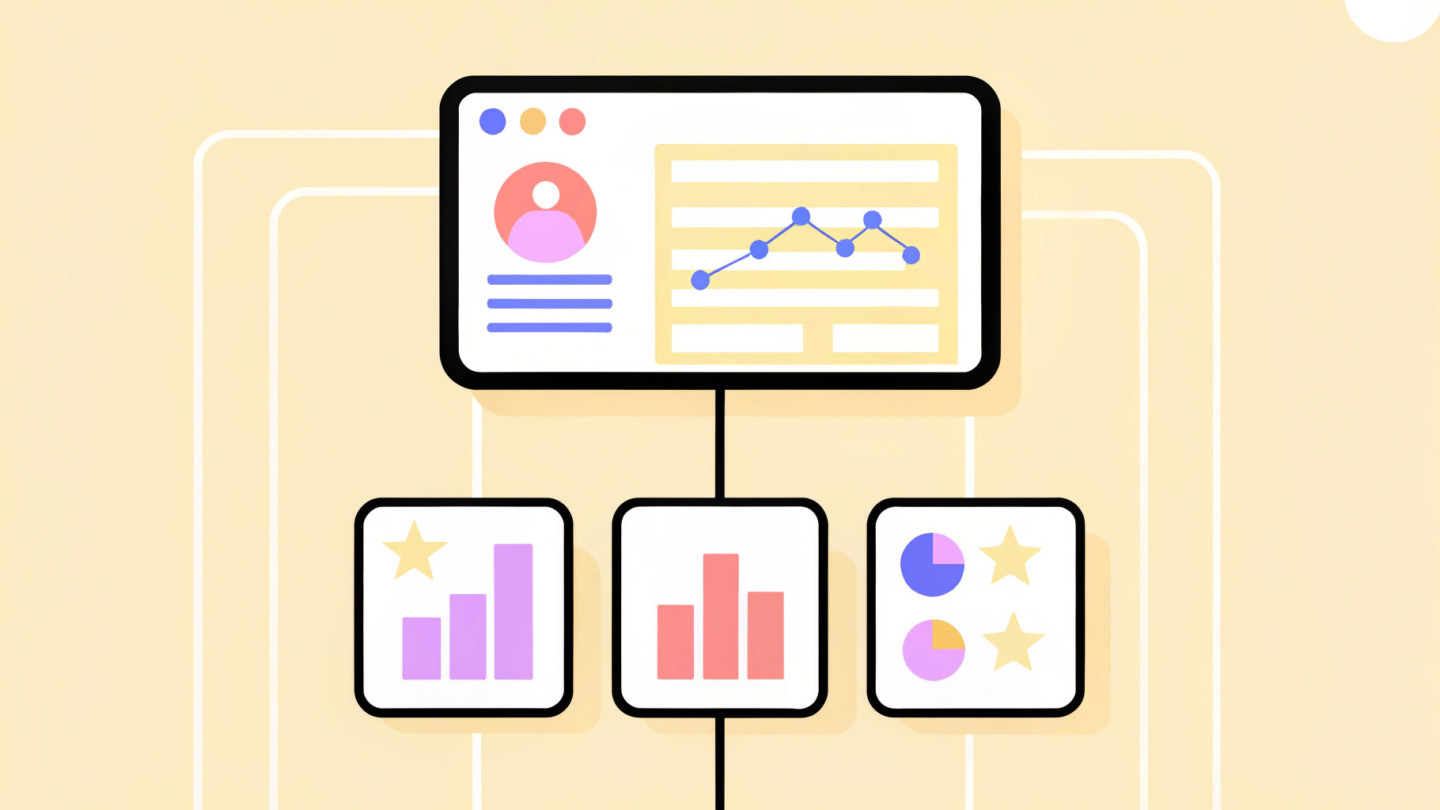
Introduction
In the rapidly evolving landscape of customer relationship management, Customer Data Platforms (CDPs) have emerged as pivotal tools for organizations aiming to harness the power of customer data. By centralizing and unifying data from various sources, CDPs provide businesses with a holistic view of customer interactions, enabling them to deliver personalized experiences that resonate with their audience.
As the demand for effective data management solutions grows, understanding the features, benefits, and types of CDPs becomes essential for organizations looking to enhance customer engagement and drive informed decision-making. This article delves into the critical aspects of CDPs, offering insights into their significance, key functionalities, and strategic considerations for selecting the right platform to meet organizational needs.
Understanding Customer Data Platforms: Definition and importance
In today’s data-driven world, the best Customer Data Platforms (CDPs) are not just nice-to-haves; they’re critical. Think of a CDP as the central nervous system of your business. It collects, unifies, and manages data from all your different channels. When you integrate information from various touchpoints, you get a complete picture of customer interactions. This isn’t just about data; it’s about delivering personalized experiences that resonate.
The demand for effective client information management solutions is skyrocketing. The CDP market is projected to grow significantly through 2028. If you’re not paying attention, you’re missing out. North America is leading the charge, holding a hefty 26% of the global CDP market. That’s not just a number — it’s a clear signal that businesses are investing heavily in this space.
Ketan Pande, a savvy content marketer at VWO, puts it succinctly: “Want to start a conversation with me? Just mention BIRDS, and you’ll have my undivided attention.” This highlights a crucial point: engaging with customer information strategically is key. In an environment overflowing with data, the best CDP platforms become essential tools for organizations looking to thrive. If you’re not leveraging them, you’re already behind.
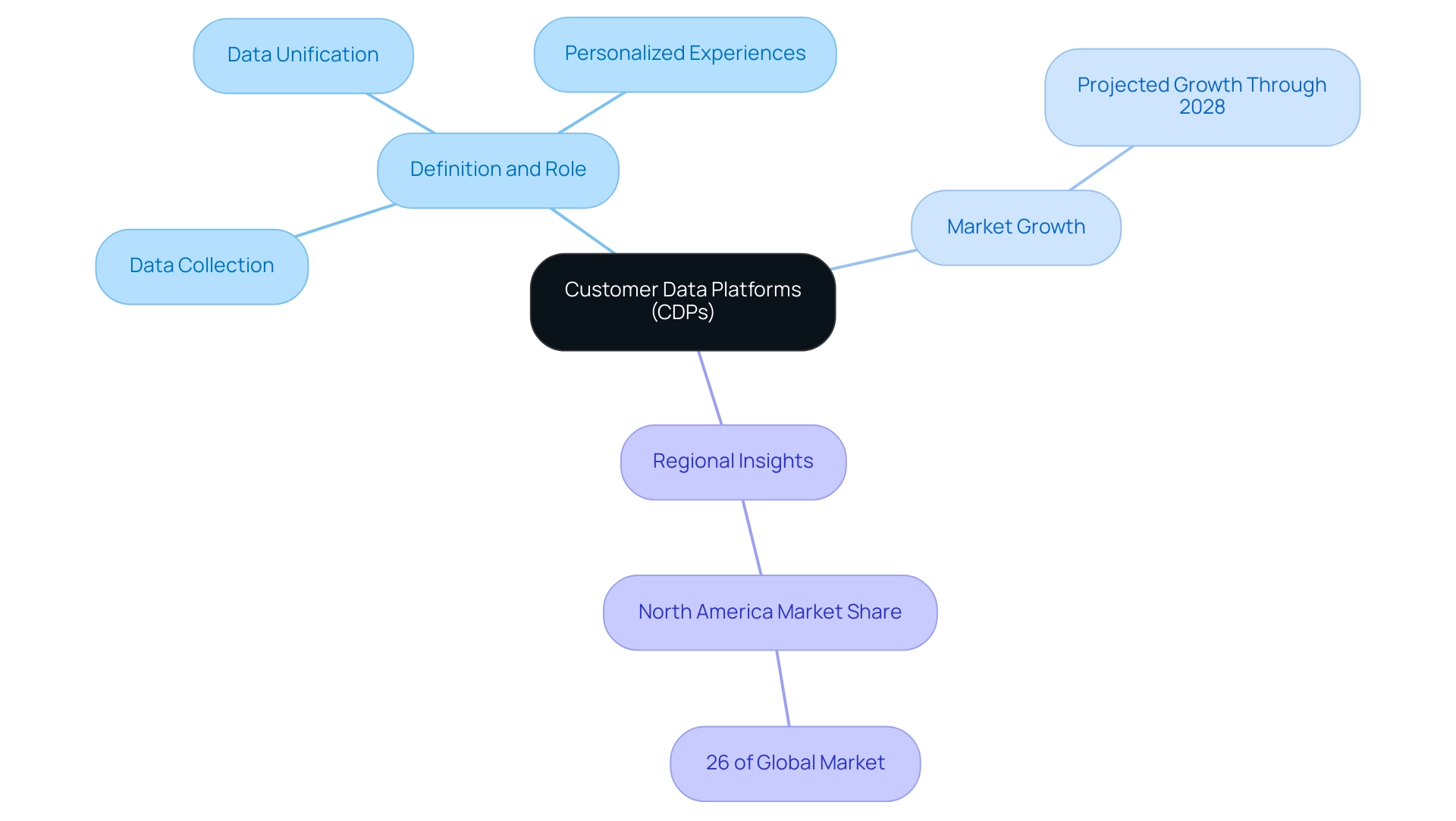
Key features of Customer Data Platforms: What sets them apart
When it comes to customer data platforms (CDPs), they stand apart from traditional management solutions like a sports car does from a minivan.
First off, data integration is key. CDPs don’t just collect data; they pull it together from various sources — CRM systems, e-commerce platforms, social media — into a single, unified client profile. Think of it as having a 360-degree view of your customer.
Next up is client segmentation. With advanced capabilities, these platforms allow businesses to categorize customers based on their behaviors, preferences, and demographics. This isn’t just about knowing who your customers are; it’s about tailoring your marketing efforts to hit the right notes.
Then we have real-time analytics. In today’s fast-paced world, waiting for insights is like trying to catch a train that’s already left the station. CDPs provide instant processing of information, enabling organizations to respond to client needs on the fly.
Lastly, let’s talk about data governance. It’s not just a checkbox; it’s a necessity. Robust governance mechanisms ensure compliance with regulations and maintain data quality. Without this, you risk losing client trust faster than you can say “data breach.”
These features combine to give businesses the tools they need to sharpen their marketing strategies and boost customer engagement. The numbers tell the story: the adoption of CDPs in consumer businesses has jumped from 10% in 2017 to 24% in 2021. That’s a clear signal that companies are waking up to the value of these platforms.
Looking at the workforce, India and France are making waves, ranking as the second and third largest markets with 823 and 720 employees respectively. The demand for CDP-related roles is unmistakable.
A case study on omnichannel marketing reveals that using top CDP platforms creates seamless integration across multiple systems. This means better journey management and enhanced customer experience initiatives. Yet, 34% of marketers still find their information siloed across tools and business units. This highlights the crucial role of customer information platforms in breaking down those barriers.
Forrester backs this up: companies that prioritize customer engagement see their revenue grow 1.4 times faster than those that don’t. That’s not just a statistic; it’s a strategic advantage. If you’re not leveraging customer data platforms effectively, you’re missing out on a significant opportunity to drive your business forward.
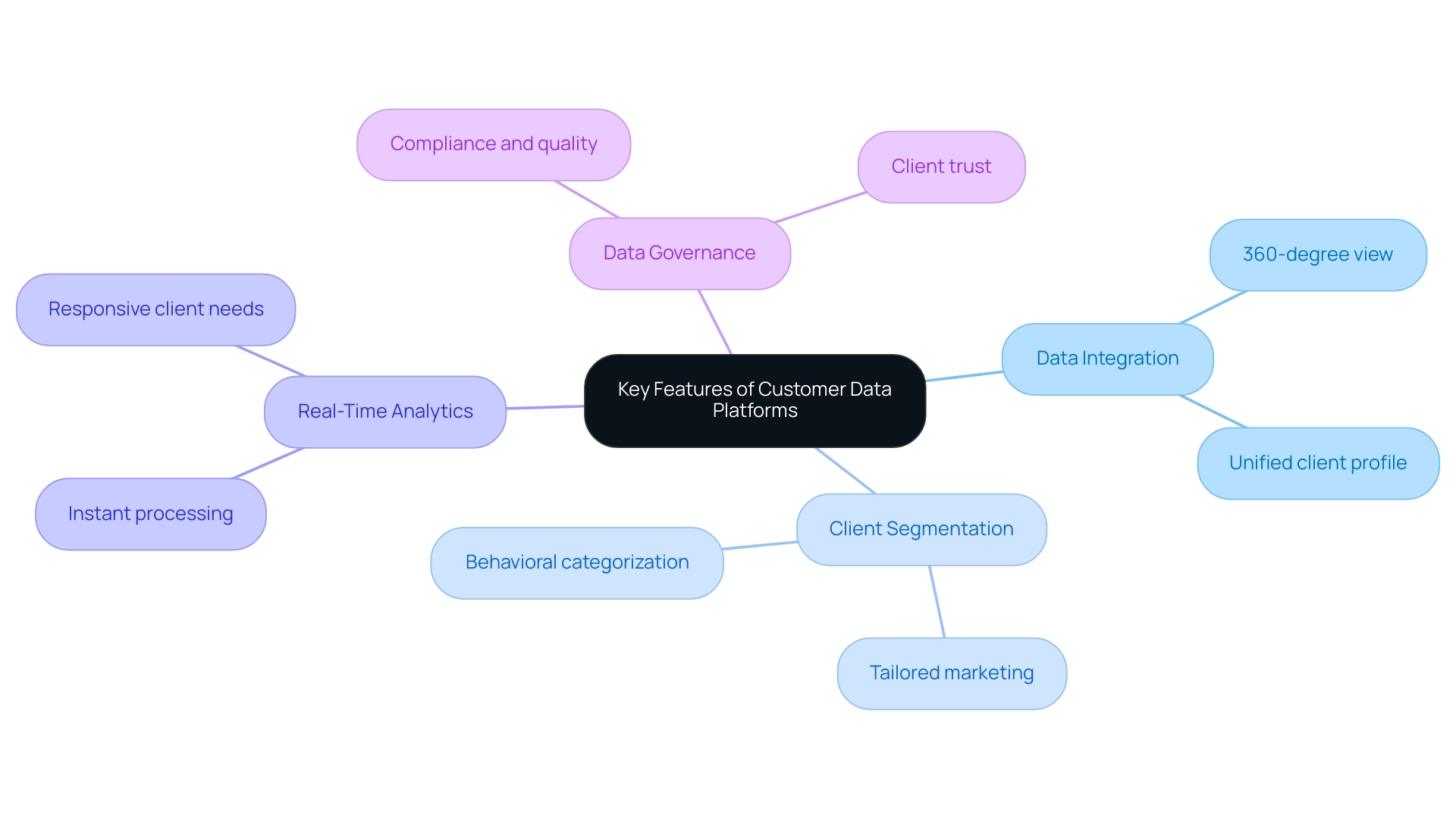
Choosing the right CDP: Pricing, performance, and key considerations
Choosing the right Customer Data Platform (CDP) is like picking the right tool for a job. You wouldn’t use a hammer to screw in a lightbulb, and the same goes for CDPs. There are several factors you need to consider, and they can make or break your decision.
First off, pricing. It’s all over the map. You’ve got to look at the features you need, how powerful the platform is, and how many users will be on it. A common model is subscription-based pricing, which can hit your budget hard over time. You need to keep an eye on that.
Then there are performance metrics. Don’t overlook them. You want a platform that processes data quickly, integrates smoothly with your existing systems, and has a user interface that doesn’t require a degree in rocket science to navigate. Also, think about what your organization specifically needs. Do you require real-time access to data? Are advanced analytics a must?
Here’s a reality check: only 23.9% of companies consider themselves data-driven. That’s a staggering statistic and it highlights a significant hurdle in adopting a CDP. If your culture isn’t data-driven, you’re setting yourself up for failure before you even start.
Now, let’s talk about the market. The global healthcare client information platform market is projected to hit $1.6 billion by 2028, with a growth rate of 27.2% from 2021 to 2028. That’s huge. Major players like Oracle, SAP, and Adobe are in the mix, and knowing what they offer can help you make a smarter choice.
In the end, a solid comparison of these factors will guide you to the best CDP for your needs. Make sure it aligns with your goals and fits within your budget. This isn’t just about picking a platform; it’s about setting your organization up for success.
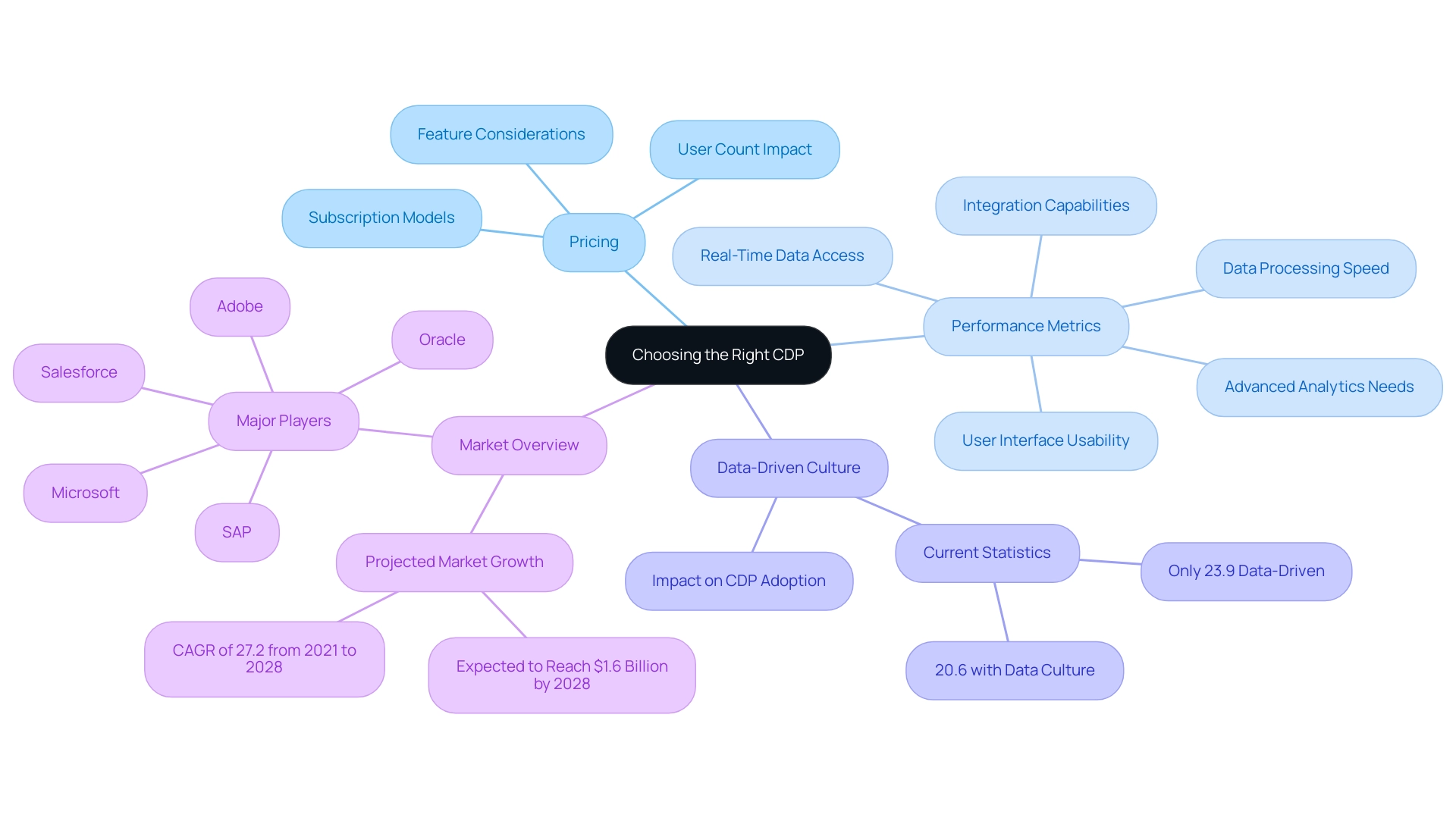
Exploring different types of customer data platforms
Customer Data Platforms (CDPs) are not just tech jargon; they’re essential tools that can make or break your business strategy. Think of them as the Swiss Army knives of customer information management. They come in three main flavors, each designed to tackle specific operational needs and strategic goals.
Operational platforms
These systems are all about real-time data collection and processing. If you want to get immediate insights to sharpen your marketing and client engagement, this is your go-to. They’re like the pit crew in a race — quick, efficient, and crucial for keeping your business running smoothly.Analytical platforms
These are the heavyweights of data analysis. They dive deep into your customer information, offering advanced analytics and reporting capabilities. If your goal is to make data-driven decisions and craft strategic plans, then analytical platforms are your best friend. They help you turn raw data into actionable insights, much like turning lead into gold.Client engagement platforms
These systems are focused on enhancing the customer experience. They prioritize personalized communication and targeted marketing strategies. If you want to boost client satisfaction and loyalty, engagement CDPs allow you to tailor your outreach efforts. It’s like having a personal concierge for each of your customers.
Understanding these categories is crucial for any organization looking to select the right CDP that aligns with its goals. The market is shifting, and it’s clear that companies are prioritizing data gathering and privacy over predictive insights and client acquisition. A 2021 report from Tealium highlighted that 62% of companies are leaning this way. This trend underscores the evolving landscape of customer information management.
The CDP industry is not just growing; it’s booming. Employment in this sector has jumped from 0.5% to 1.1% in the latter half of 2023. Countries like India and France are leading the charge, ranking as the second and third largest CDP markets by workforce, with 823 and 720 professionals, respectively.
In this fast-paced environment, grasping the distinctions between operational and analytical customer platforms is not just beneficial — it’s necessary. Optimize your information strategies, and you’ll be well on your way to leveraging the full potential of your customer data.
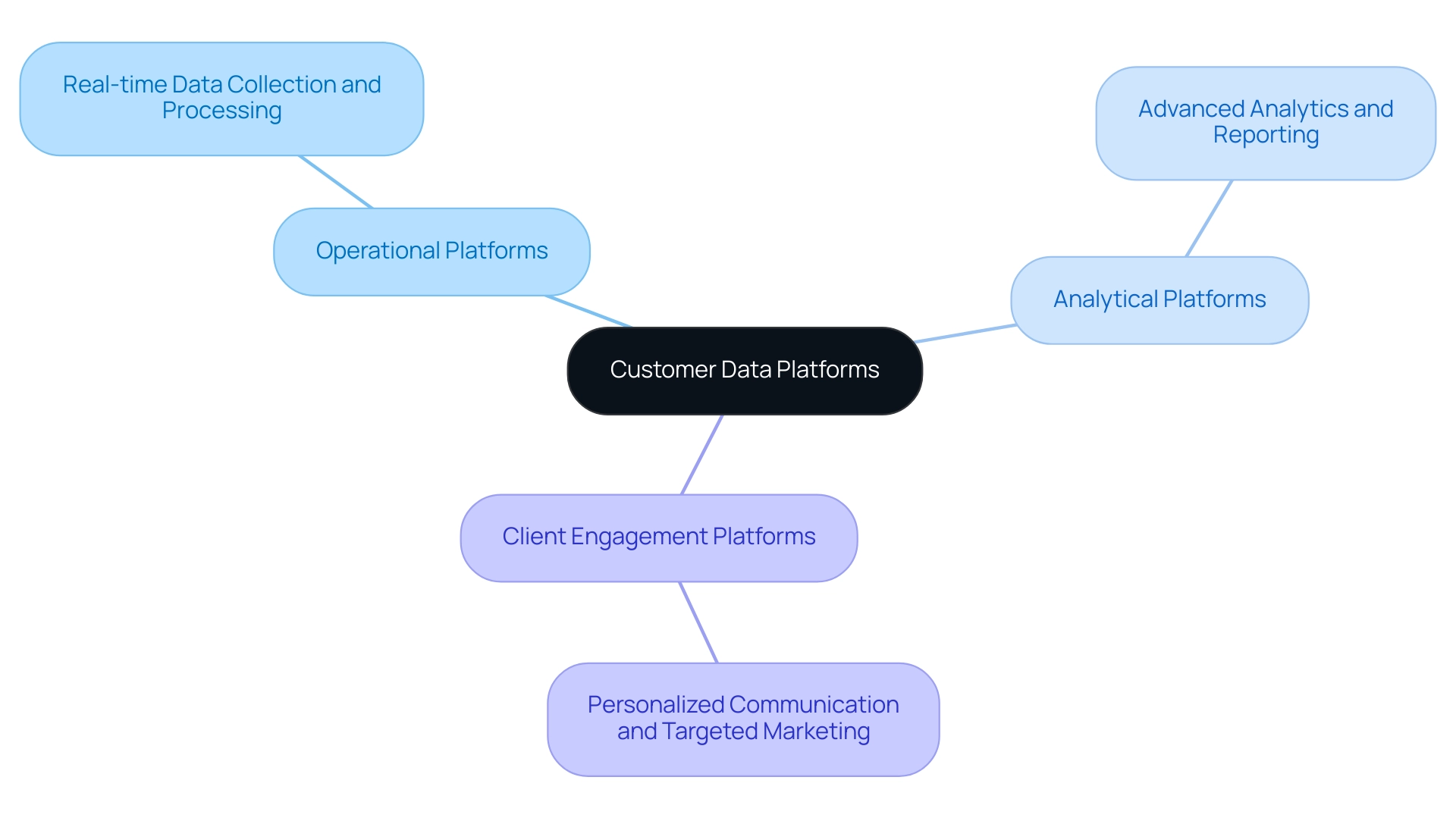
Benefits and use cases of Customer Data Platforms: Enhancing customer engagement
If you’re in the game of customer engagement, you need to pay attention to Customer Data Platforms (CDPs). They’re not just a nice-to-have; they’re becoming essential. Recent data tells a compelling story: the number of consumer enterprises using CDPs jumped from 10% in 2017 to 24% in 2021. That’s a clear signal that businesses are waking up to their value.
But it goes deeper than that. A whopping 62% of enterprises now believe that collecting and managing data is more crucial than just predicting trends or acquiring customers. This isn’t just a trend; it’s a fundamental shift in how companies view information management.
Looking ahead, the European CDP market is projected to grow at a staggering CAGR of 33% from 2021 to 2027. This growth isn’t just about numbers; it reflects the increasing importance of leveraging data effectively.
Let’s break down some key use cases for CDPs:
Personalized marketing: By diving deep into customer data, these platforms empower businesses to launch targeted marketing campaigns. The result? Higher conversion rates.
Enhanced client retention: Companies using CDPs gain crucial insights into customer behavior. This allows them to tackle issues head-on, boosting satisfaction and loyalty.
Data-driven decision making: With the insights from CDPs, organizations can make smarter choices about product development, marketing tactics, and service improvements.
Cross-channel consistency: CDPs ensure that customer interactions are seamless across all channels, which is vital for maintaining engagement.
Now, here’s the kicker: even though 67% of businesses report using CDPs, only 47% are truly maximizing their capabilities. That’s a significant gap. A case study reveals that successful CDP users focus on key functionalities like data loading from all sources and identity matching.
As Elizabeth Romanski, Consumer Marketing & Analytics Manager, puts it, “You don’t need a website development background to make VWO work for you. The VWO support team is amazing.” This highlights a crucial point: effective support is key to unlocking the full potential of your CDP.
By capitalizing on these advantages, organizations can refine their customer engagement strategies and drive sustainable growth. Don’t just adopt a CDP — make sure you’re using it to its fullest. That’s where the real value lies.
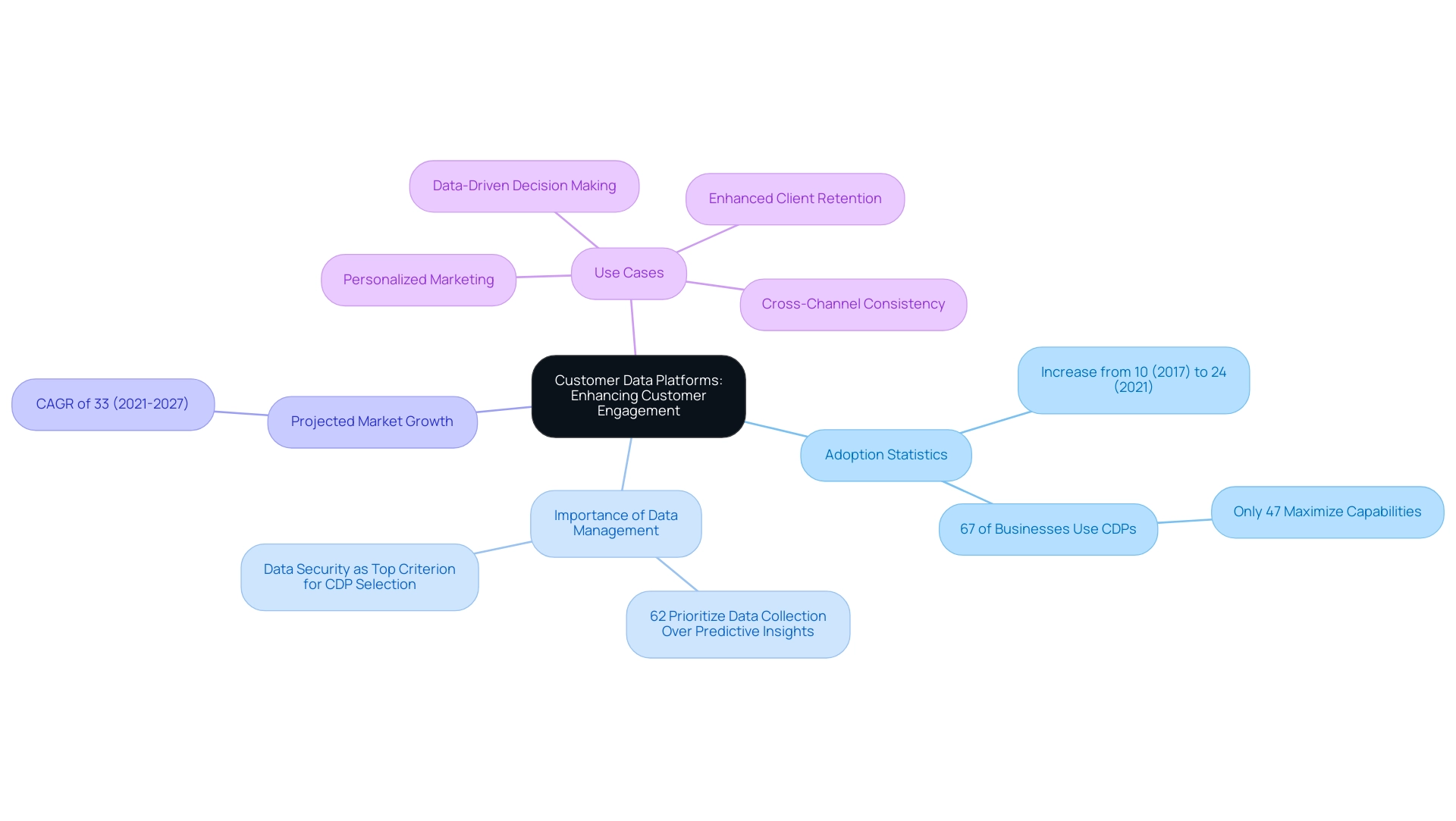
Conclusion
Customer Data Platforms (CDPs) serve as vital instruments in the landscape of customer relationship management, providing organizations with the ability to centralize and analyze customer data from various sources. The integration of data enhances decision-making processes, improves customer engagement, and supports targeted marketing initiatives. As the demand for effective customer data management solutions continues to escalate, understanding the key features and types of CDPs becomes increasingly important for businesses seeking to stay competitive.
The distinguishing characteristics of CDPs, such as:
- Data integration
- Customer segmentation
- Real-time analytics
- Data governance
empower organizations to refine their marketing strategies and enhance customer interactions significantly. Moreover, the classification of CDPs into:
- Operational
- Analytical
- Customer engagement
categories allows businesses to select platforms that align with their specific objectives, ensuring that they can maximize the potential of their customer data.
Selecting the right CDP involves careful consideration of:
- Pricing
- Performance metrics
- Unique organizational needs
With the global market for CDPs expanding rapidly, organizations must remain vigilant in evaluating their choices to ensure they invest in solutions that provide both immediate and long-term benefits. By leveraging the capabilities of CDPs, businesses can not only improve customer retention and satisfaction but also foster a data-driven culture that drives sustainable growth. Embracing these platforms is not just a strategic advantage; it is essential for thriving in an increasingly data-rich world.



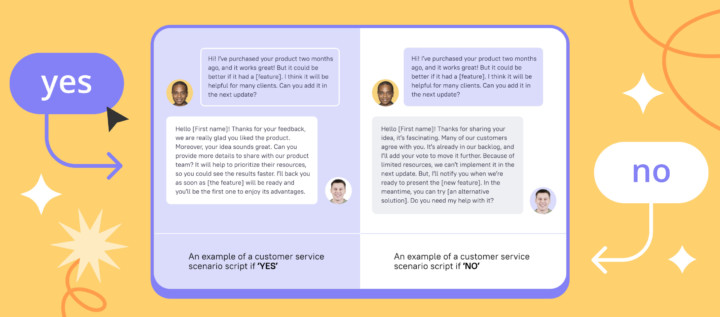

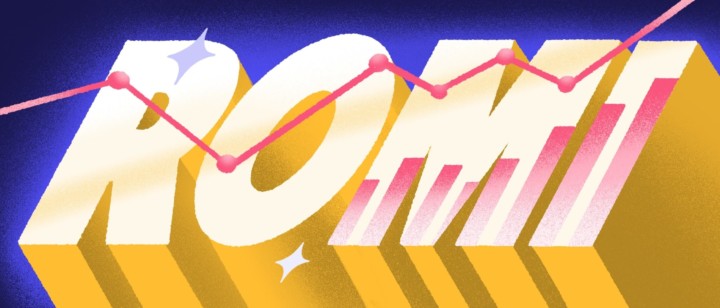
![Growth Marketing, o que é? O guia definitivo [explicado por um hacker de crescimento]](https://www.dashly.io/blog/wp-content/uploads/2023/04/The-ultimate-guide-to-growth-marketing-explained-by-a-growth-hacker-720x317.png)
![4 steps as Chief Marketing Officer at a new company [Expert guide]](https://www.dashly.io/blog/wp-content/uploads/2022/10/4-steps-as-Chief-Marketing-Officer-at-a-new-company-Expert-guide-720x317.jpg)
